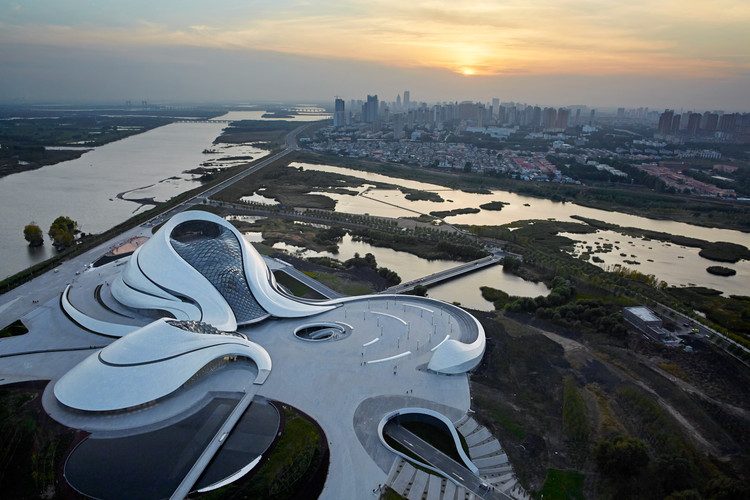
-
Architects: MAD Architects
- Area: 16198 m²
- Year: 2020



.jpg?1563967936)



Designed by spatial practice, their proposal for the Harbin High Speed Railway (HSR) west train station Twin Towers. is an iconic project set to include office spaces, residential apartments, retail spaces and a hyper link to a new underground infra-structural hub. With China having the world’s longest High Speed Rail (HSR) network that connects the entire country from north to south and from east to west, the new West Train Station in Harbin will become the northern China gateway connecting to China’s major cities with daily high-speed links to Beijing, Tianjin, Shanghai and Guangzhou. More images and architects' description after the break.
.jpg?1365618202)
